“The culture and mythology of Bigfoot is something that has always interested me growing up…
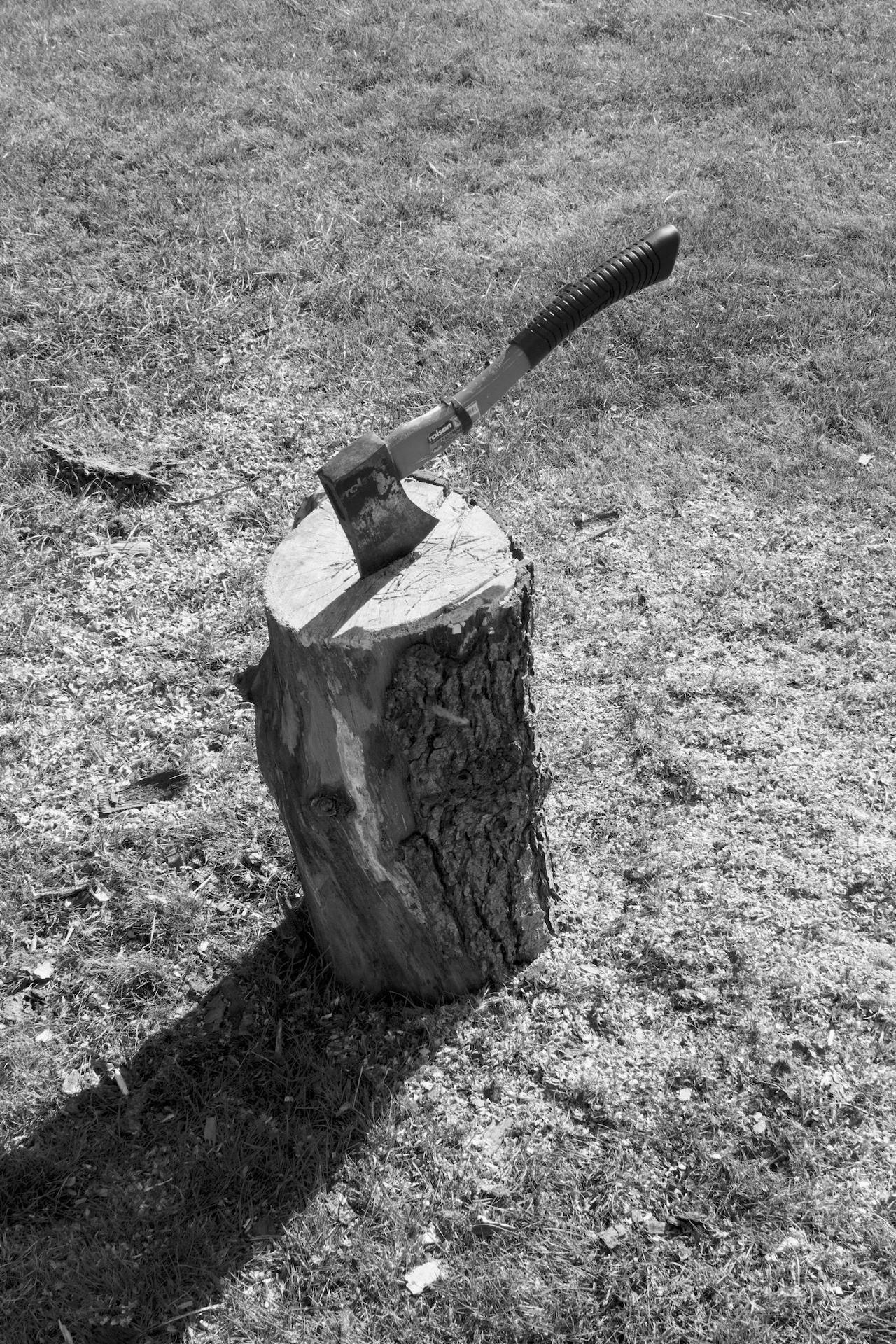

“The culture and mythology of Bigfoot is something that has always interested me growing up…
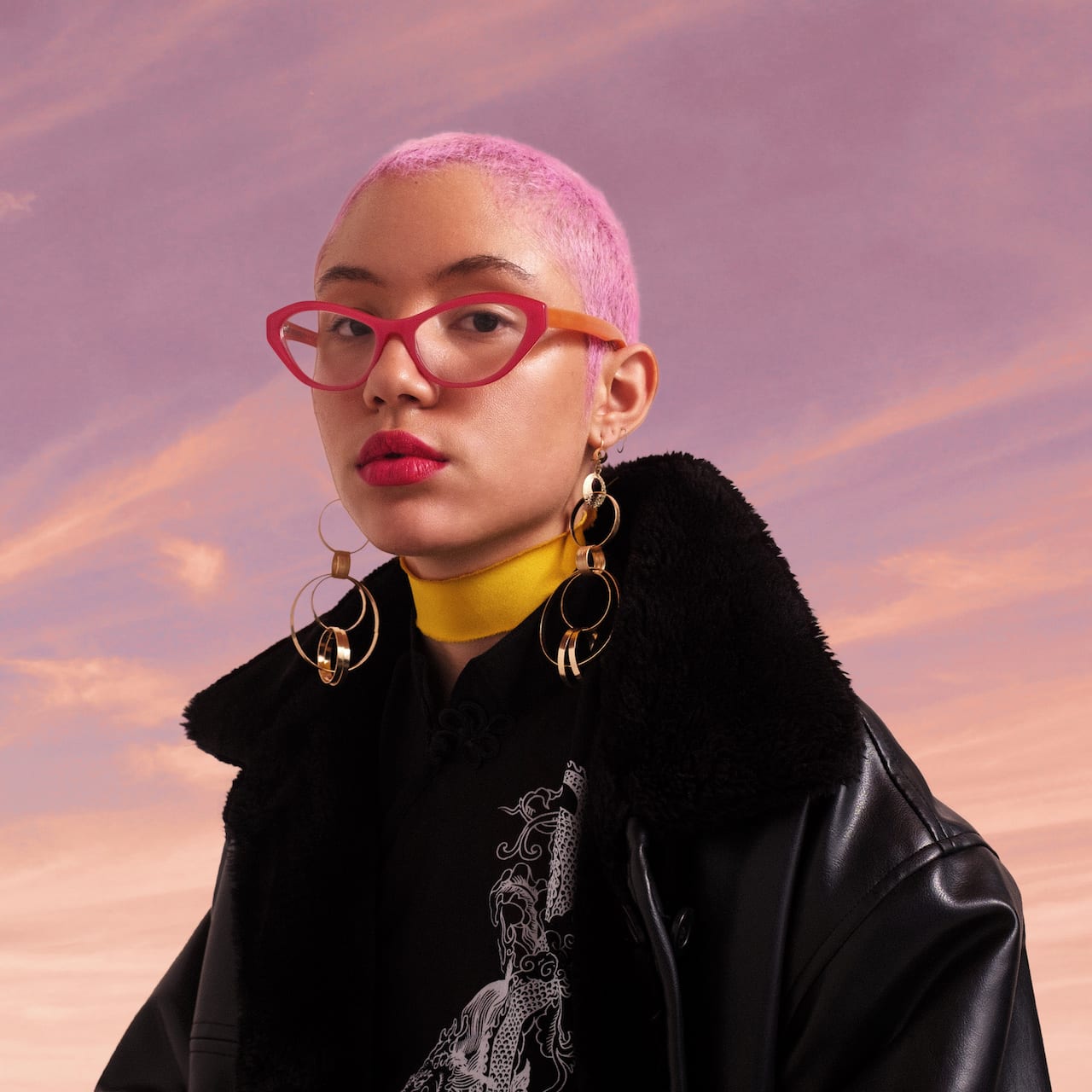
Based in Lagos, Nigeria, A Whitespace Creative Agency is in the business of “creating narratives…
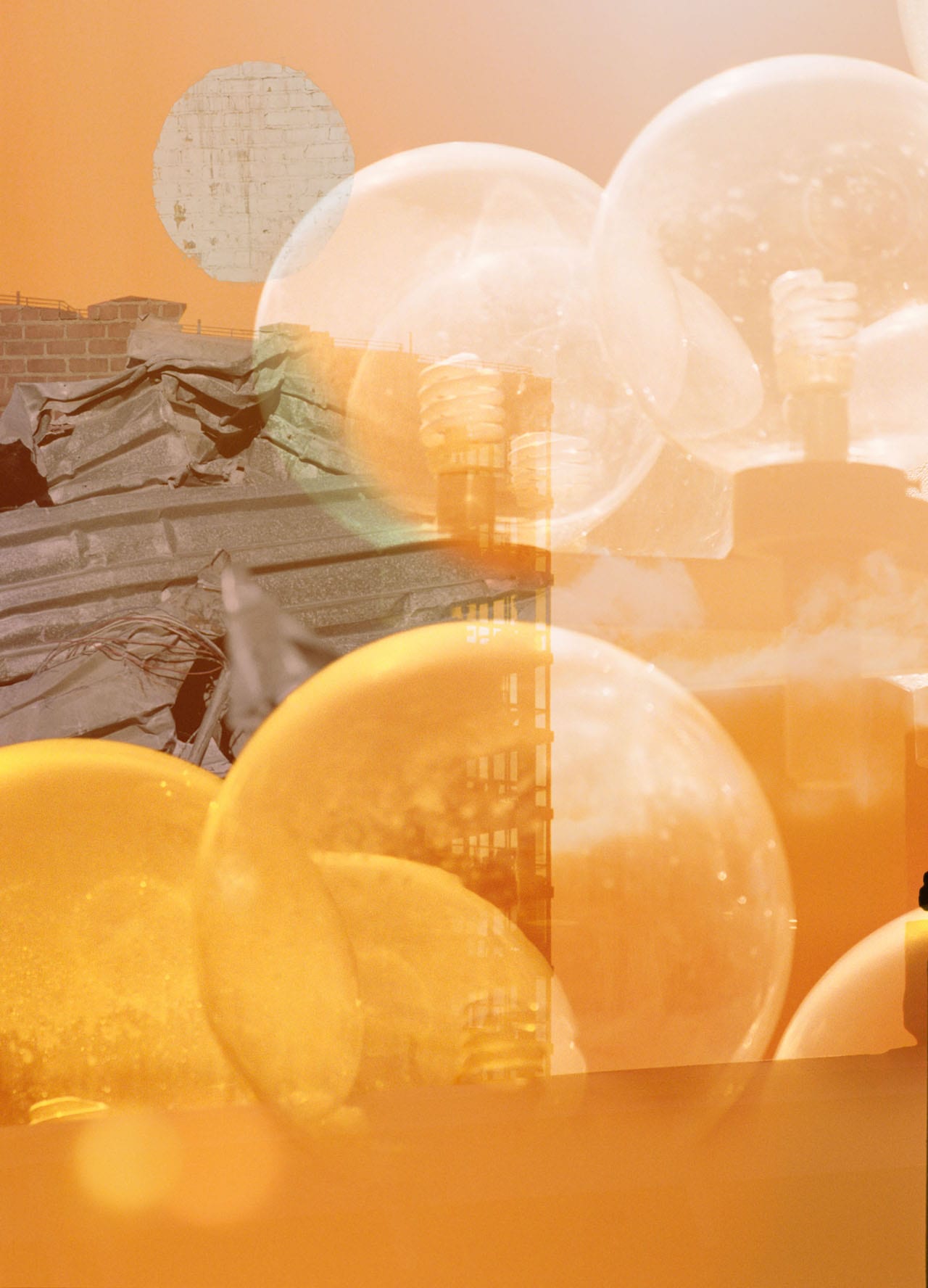
“I’m a bit at a loss at the moment; to say that I’m honoured feels like an understatement,” says photographer Daniel Shea, who has won the 12th Foam Paul Huf Award. “I’ve been following this award and Foam for a long time, and I feel incredibly honored, grateful, lucky, and humbled by this opportunity.” Shea has won the prize with his series 43-35 10th Street, described as a reflection on late capitalism and its effects on New York City. He wins €20,000 and a solo show at the Foam Fotografiemuseum in Amsterdam, which will take place in Autumn this year.
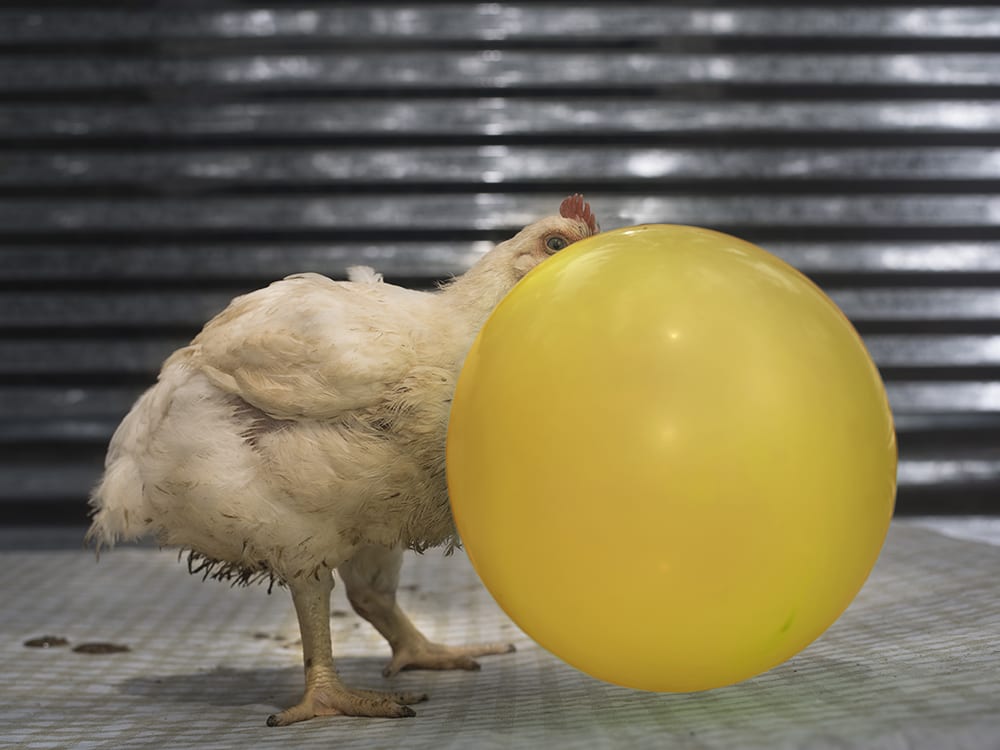
Tackling excessive consumption and its parlous effect on the environment and on mental health, Excessocenus uses brightly-coloured, staged images rather than the gritty photojournalism more familiar in this field. “On one hand we wanted to point out the culture of excess that is driving the planet to a total collapse, but on the other hand we also wanted to make a point about how this dramatic situation is normally presented to the audience,” says its creators, Cristina de Middel and Bruno Morais
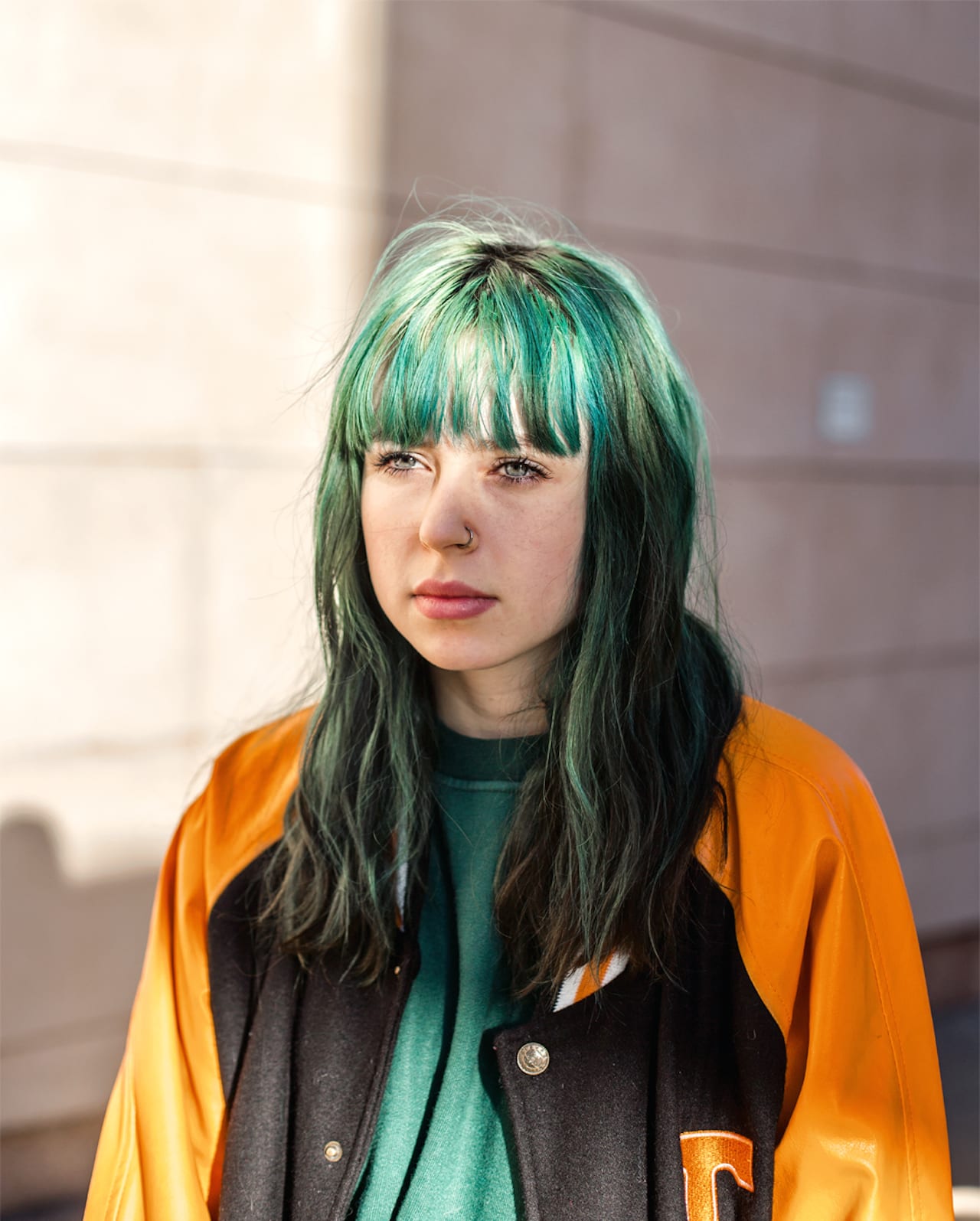
“Folkestone is a hidden gem – inspiring, by the sea, relatively affordable, and only an hour…
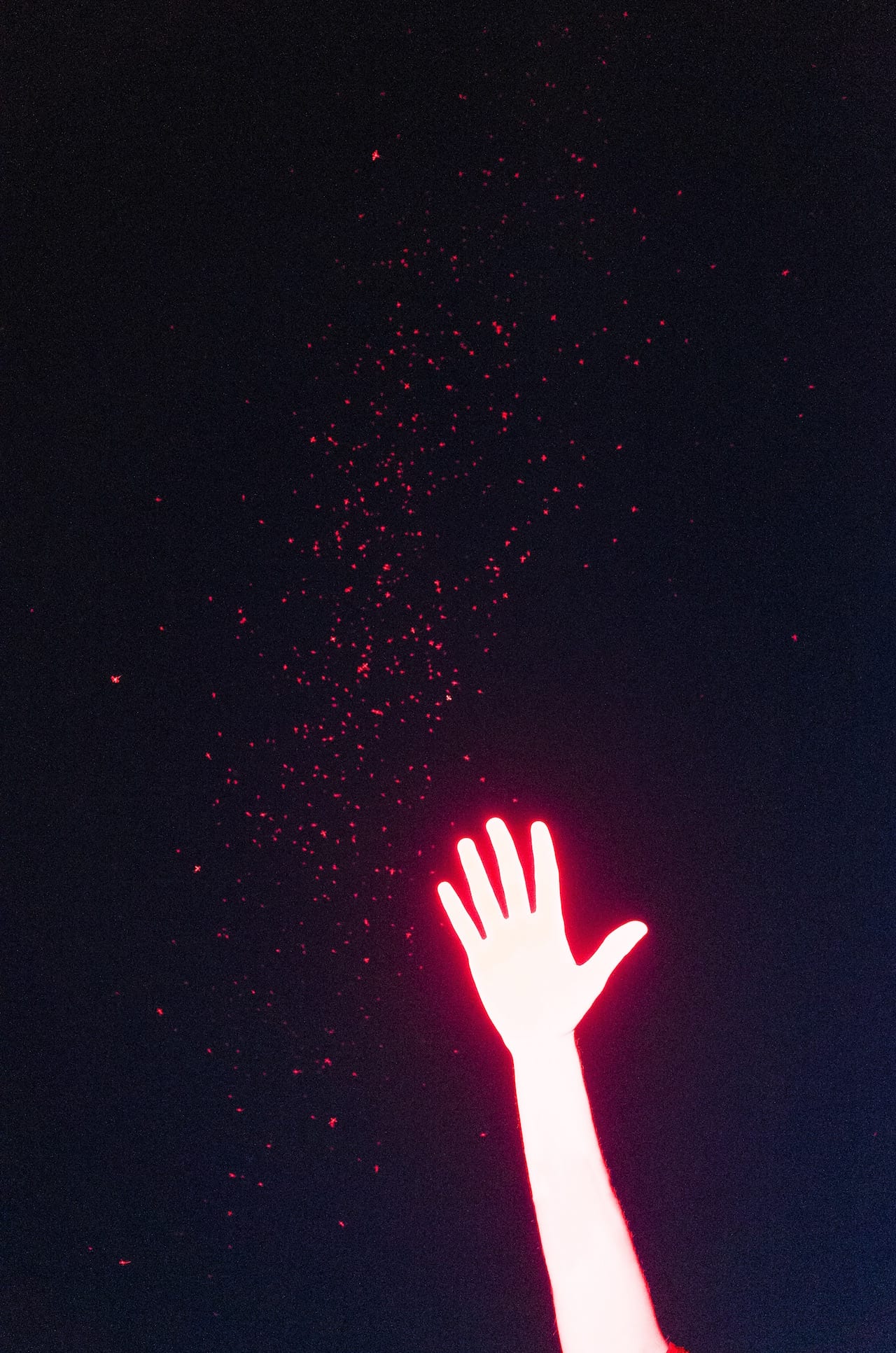
What does Eastern Europe look like 25 years after the fall of Communism? And how do young image-makers there see it? Calvert 22 is investigating, with an exhibition titled Post-Soviet Visions: image and identity in the new Eastern Europe. Curated by Ekow Eshun, creative director of Calvert 22 Foundation, and freelance writer and curator Anastasiia Fedorova, the exhibition includes work by 14 emerging photographers born in Eastern Europe and Russia – Armen Parsadanov, David Meskhi, Dima Komarov, Genia Volkov, Grigor Devejiev, Hassan Kurbanbaev, Ieva Raudsepa, Jędrzej Franek, Masha Demianova, Michal Korta, Patrick Bienert & Max von Gumppenberg, Paulina Korobkiewicz, and Pavel Milyakov.
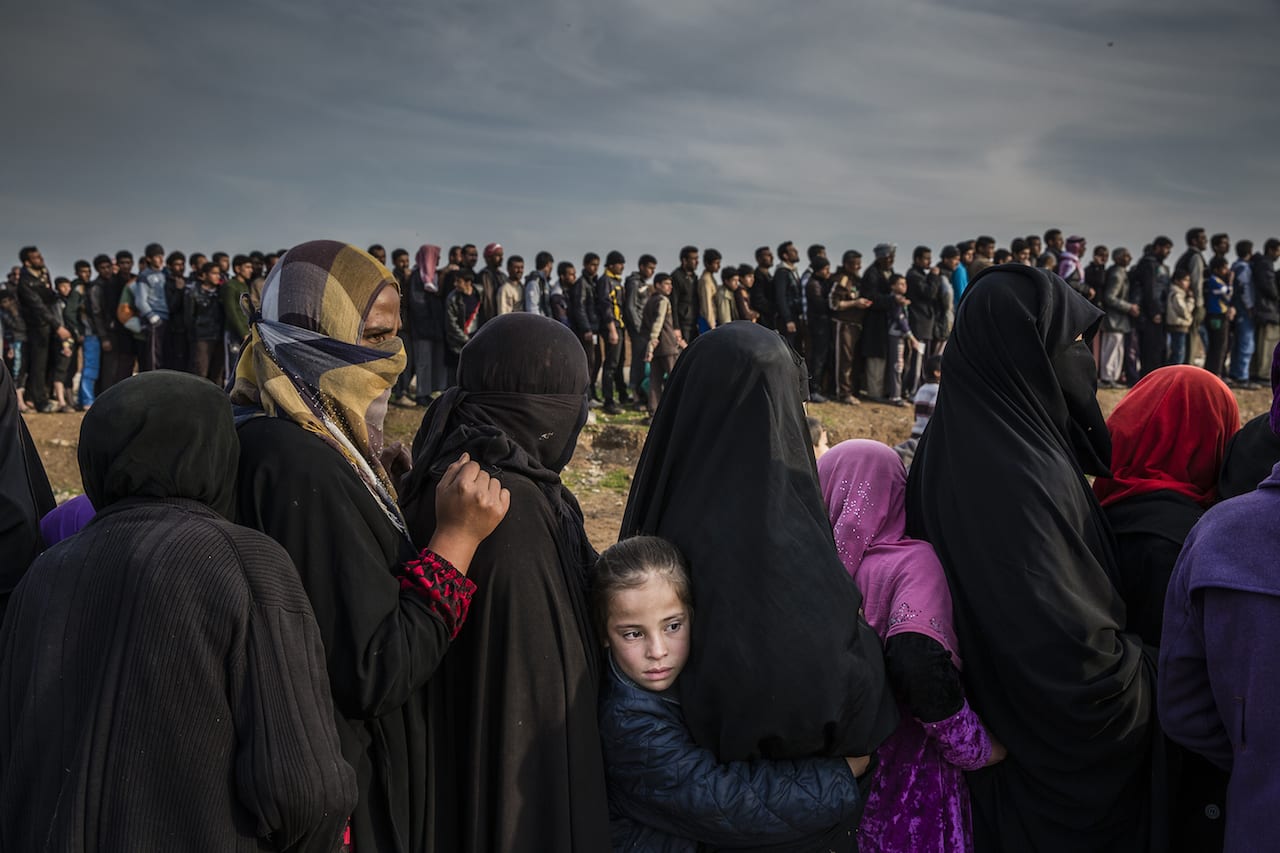
“It’s crazy, I can’t believe it,” says Ivor Prickett, of his two nominations for the World Press Photo of the Year award. “Out of a line up of six, to have two images seems insane considering the amount of great work being produced last year. I can’t quite believe it.” He’s on the phone from Iraq where he’s headed back back to Mosul, the city he’s been photographing for well over a year. Iraq’s second biggest city, Mosul was taken by ISIS militants in June 2014; in October 2016 Iraqi troops began a major offensive to regain the city, the largest military operation since the 2003 invasion of Iraq, and Prickett joined them right away. Originally from Ireland, he’s been based in the Middle East since 2009 and says that “as a reporter in the region, I couldn’t help but cover it”.
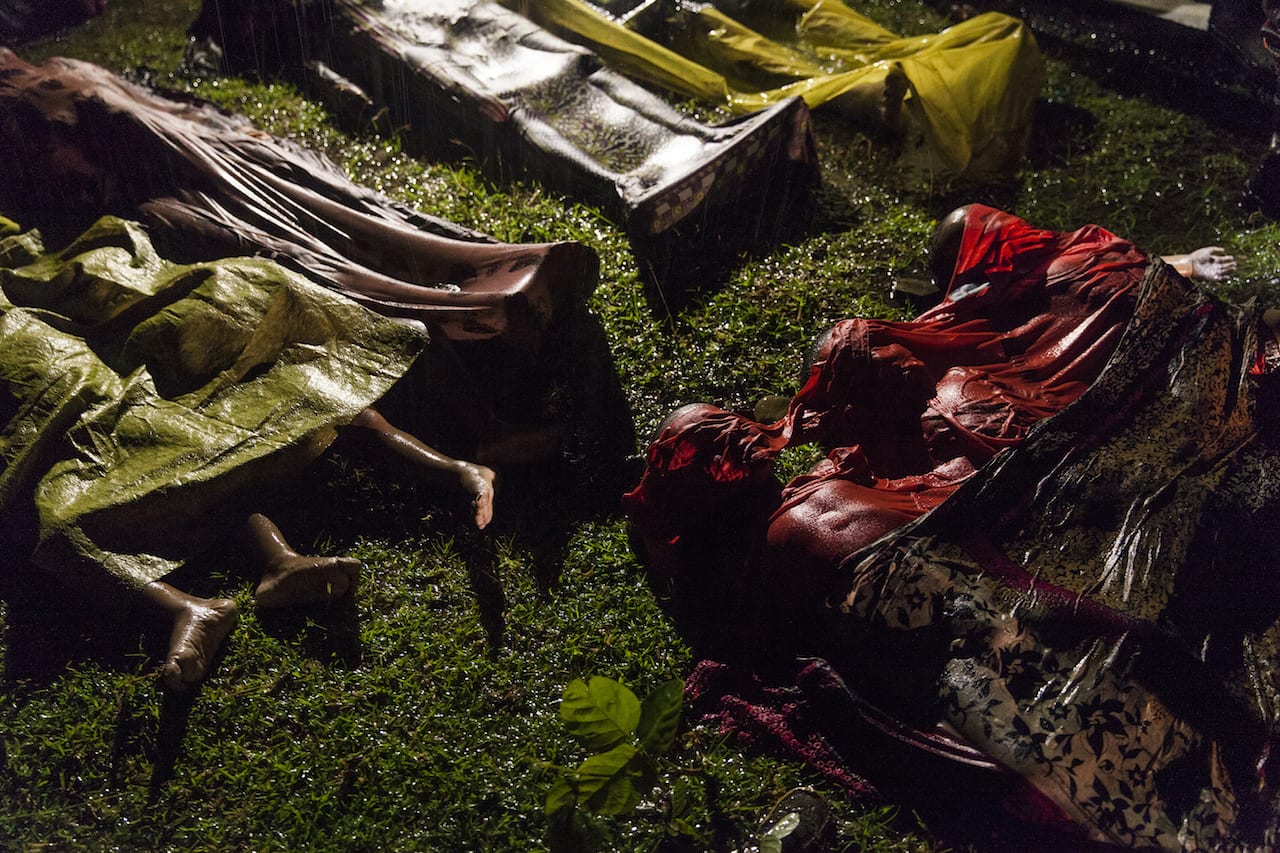
Born in Australia in 1969, Patrick Brown lived in the Middle East and Africa before…
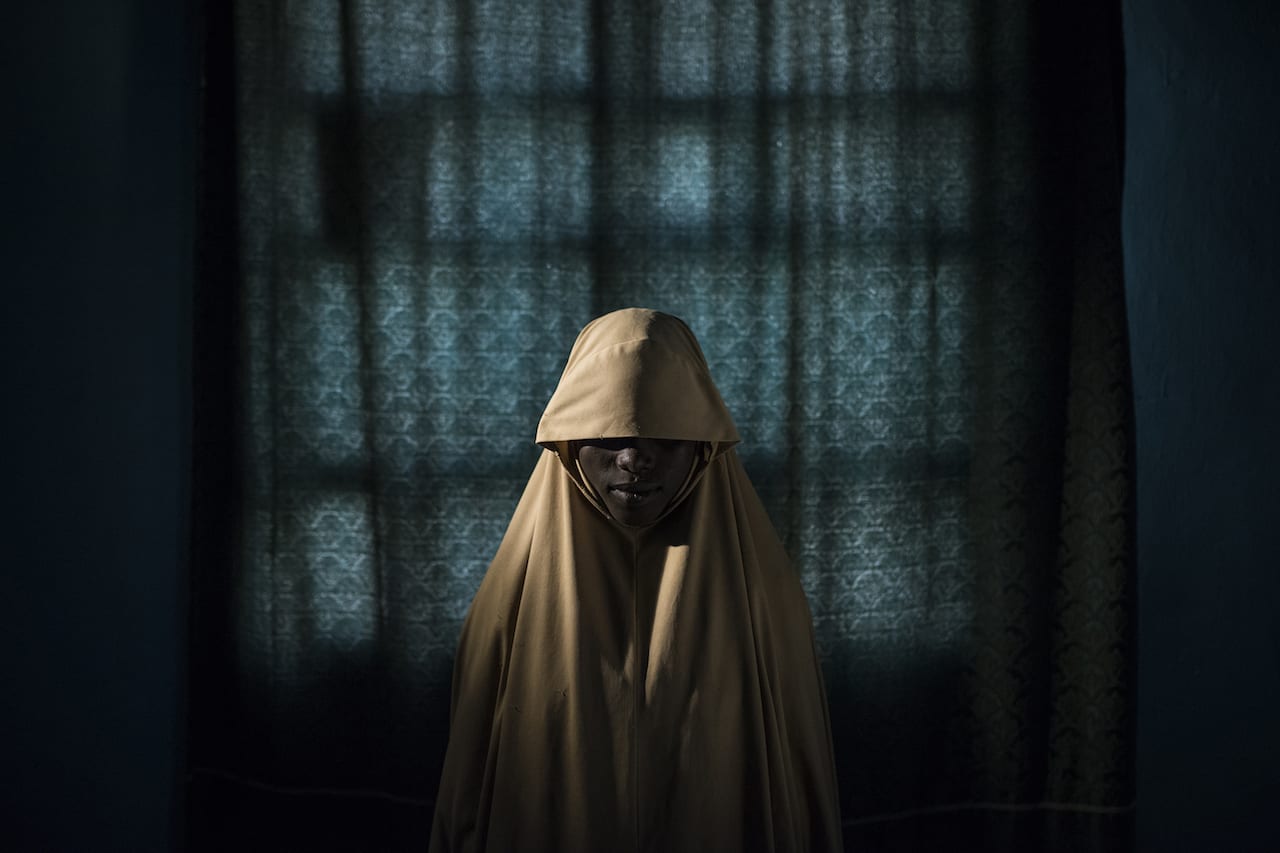
Born in Australia in 1978, Adam Ferguson studied photography at Griffith University. He first won…
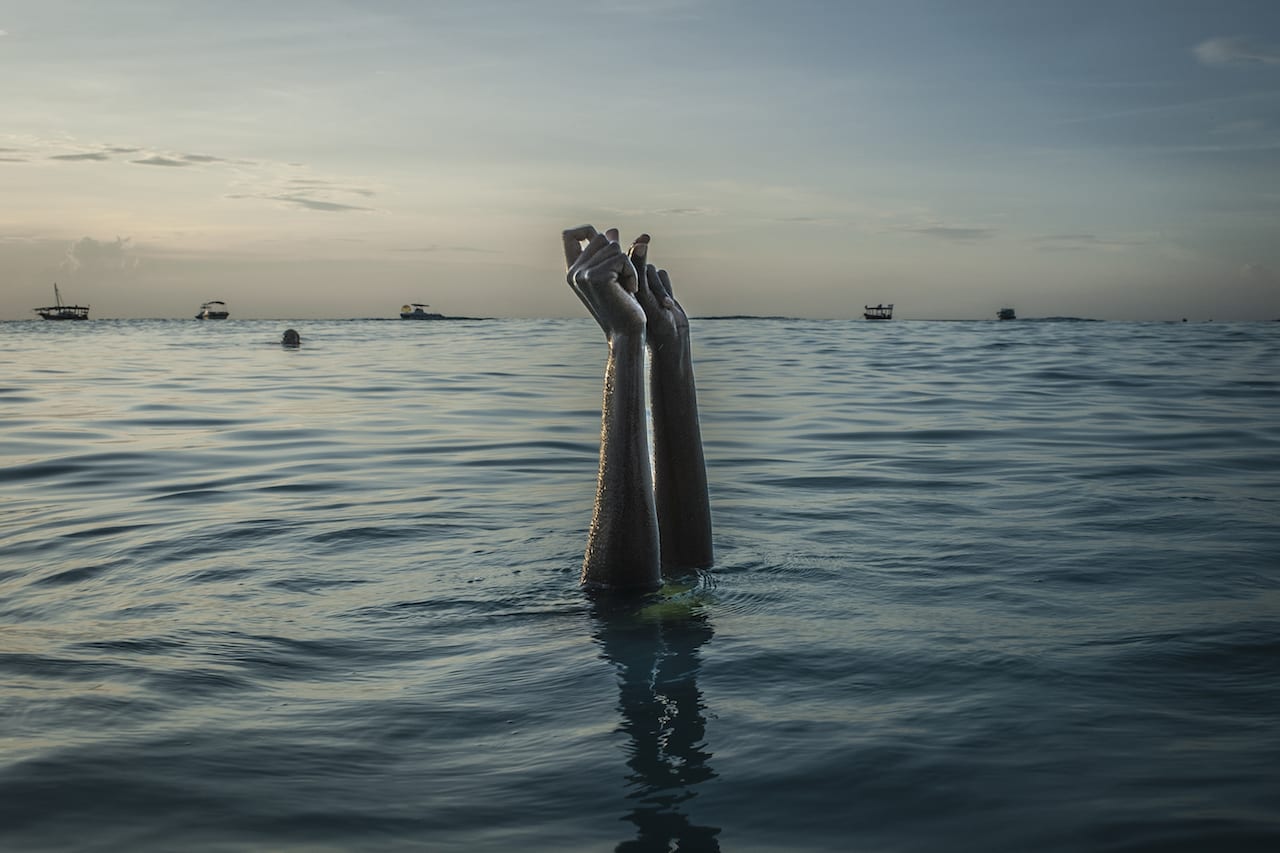
This year, he says, all the images have been thoroughly checked before the shortlists have been announced, let alone the winners. “All the checking is already done – all raw files, where the images were shot, everything,” he tells BJP. “We know how important it is that everything can be trusted, and we keep asking questions until we are satisfied. We wouldn’t announce the shortlists unless we were.”